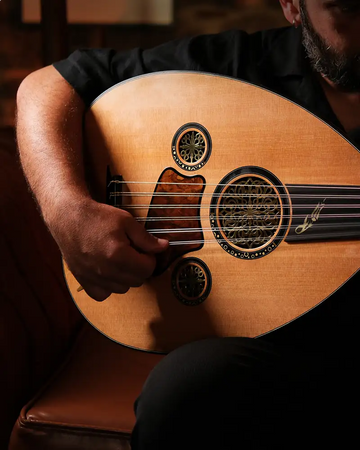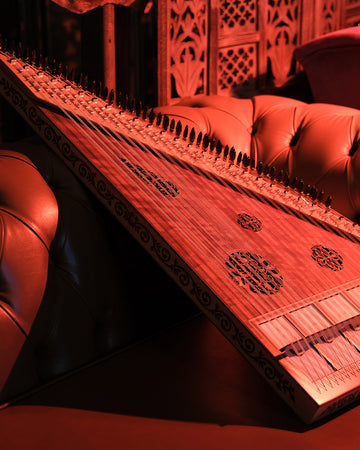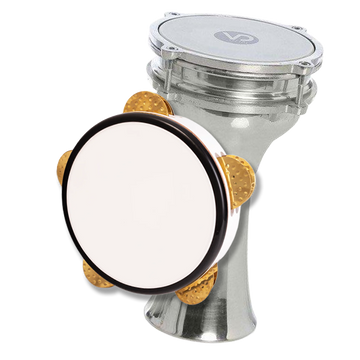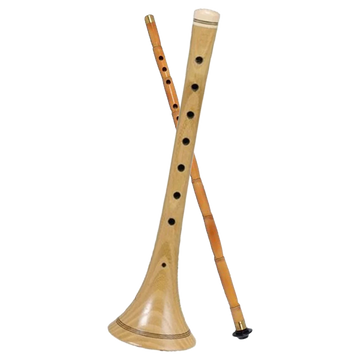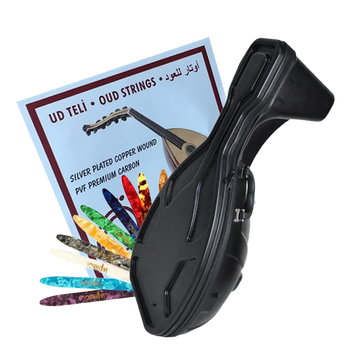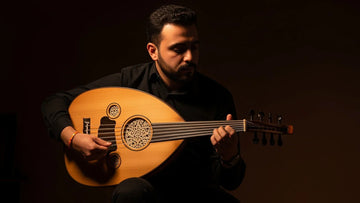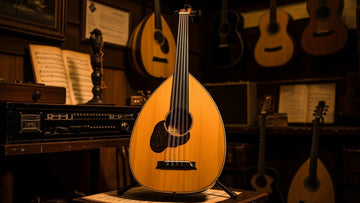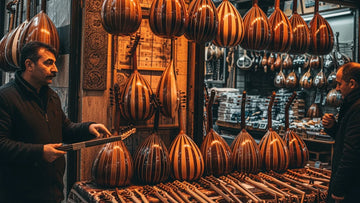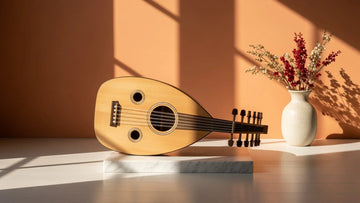The oud is a musical instrument of Arab origin and is still popular today. It originated in North Africa and spread to Europe over time. The oud instrument played a significant role at the beginning of the Middle Eastern musical tradition. Oud is also known as the ancestor of the European lute. The sound of the oud instrument comes out thanks to its hollow body.
This musical instrument has two main distinguishing features. One is its pear-shaped body, and the other is its fretless neck. On the other hand, the body of this instrument usually has 1-3 sound holes decorated with purfling. So it's for decoration purposes only. It never affects the sound. The oud has an attractive design with its fascinating decoration. The upper part of the oud is made of light wood. The history, types, and structure of the oud instrument are curious. Please continue reading our article for detailed information about oud.
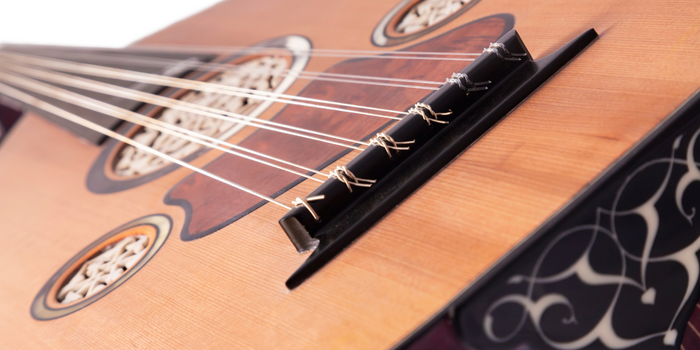
History of oud instrument
It is thought that the first instruments that can be considered the ancestor of the oud, one of the oldest stringed instruments made by humanity, were made in Ancient Egypt (1320-1085 BC). So, it is that one of the clay reliefs from this period includes an instrument similar to the oud. This new oud was carved from a single piece of wood like the ancient oud, and its body was smaller than today's oud. Furthermore, his chest was leather. Iranians called this instrument “Barbat.”

Types of oud instrument
There are many types of oud instruments. The most well-known of these are as follows:
- Persian oud
- Iraqi oud
- Syrian oud
- Egyptian oud
- Armenian oud
- Turkish oud
Sultan Instrument has different oud models designed to deliver the perfect sound and visual beauty.

Structure of oud instrument
In addition to the oud, it is used in large-bodied and short-necked stringed instruments in all Arab countries, especially in Turkey, Tunisia, Morocco and Algeria, Armenia, and Iran. The structure of the oud used in Turkey is not different from that used in other countries.
The body of Arabian ouds is usually slightly more extensive, and the breasts have only one large hole rather than two smaller ones. In Turkish and Arab, Persian, Armenian, and Greek ouds, these round breast holes are decorated with roses. Except for a few minor changes, the oud has preserved its present structure for about a thousand years.
The breast of the oud is a uniform layer of fibrous spruce wood, about 1 mm thick. The slats that support the chest from below are called “balconies.” The arrangement of the balconies is significant for the sound rate of the instrument.
In the past, winding wires were used as wire, beam, silk inside, and silver wire outside. Today, nylon wires have replaced beam wires. Some masters played the oud with plectrums made of hardened leather or cherry bark. Plastic plectrums are used today.
As Sultan Instrument, we have discussed what you need to know about the oud instrument in this article. Our goal is to reduce costs and hassles for our valued customers and to present the best instruments worldwide. You can visit our website for detailed information about our products.
You may also like: How to Buy Your First Oud
